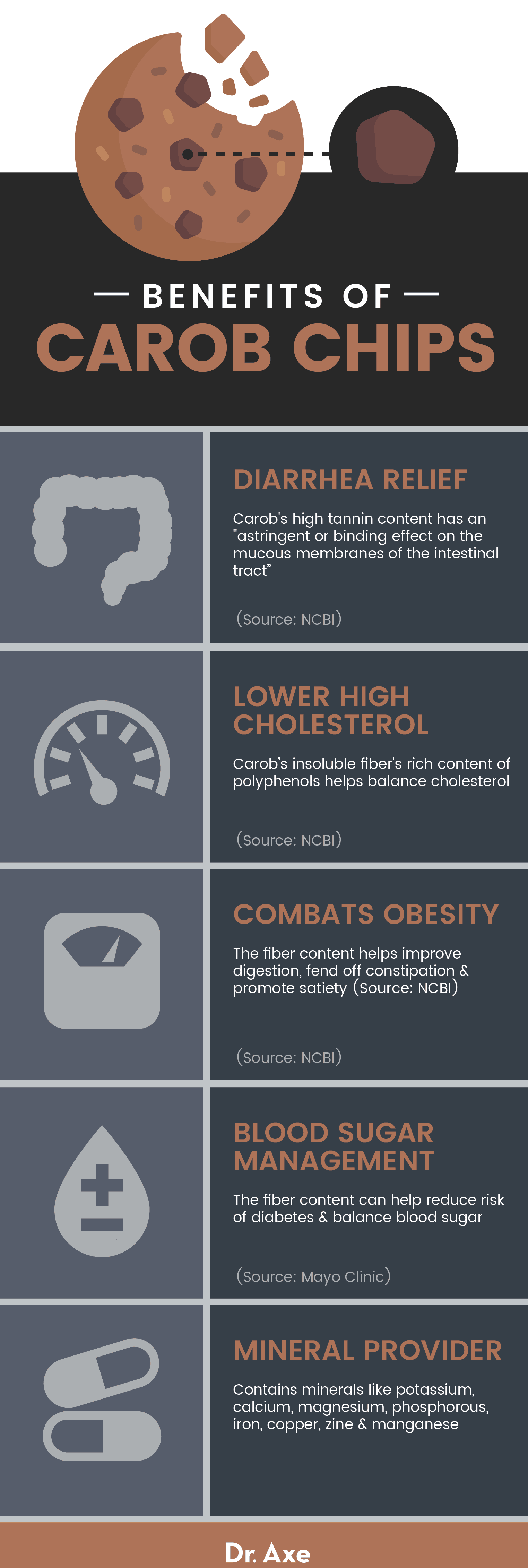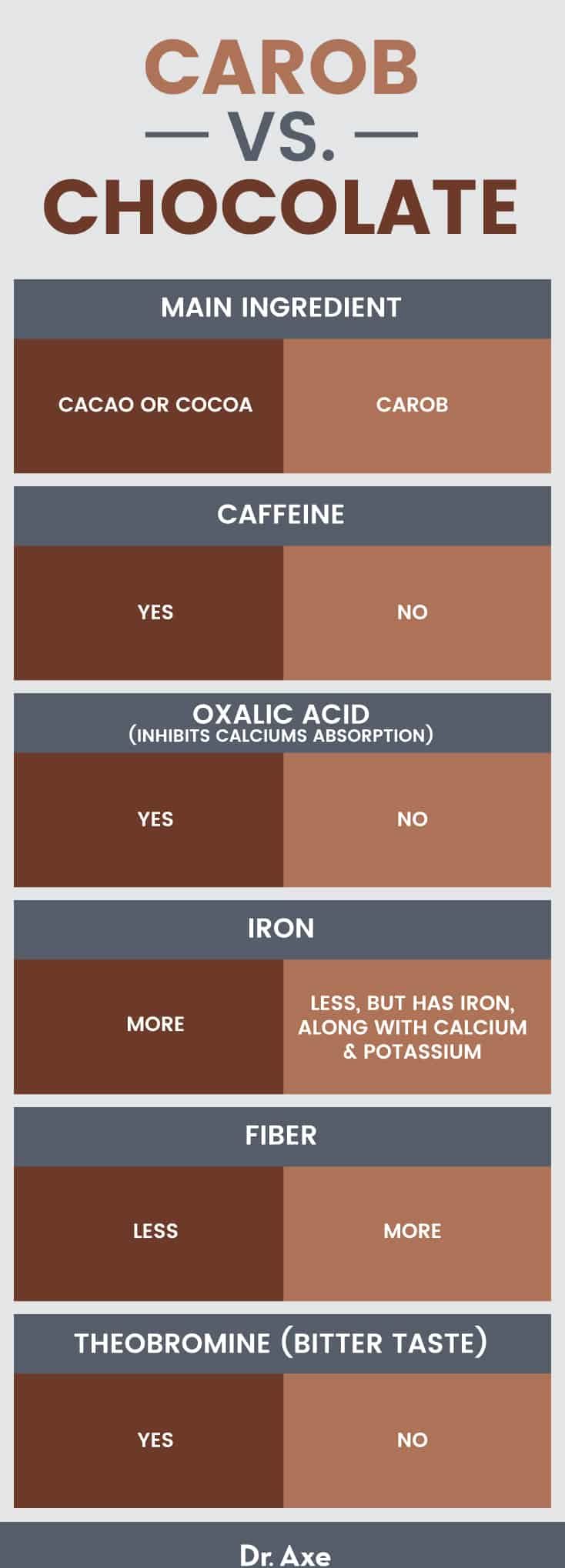This Dr. Axe content is medically reviewed or fact checked to ensure factually accurate information.
With strict editorial sourcing guidelines, we only link to academic research institutions, reputable media sites and, when research is available, medically peer-reviewed studies. Note that the numbers in parentheses (1, 2, etc.) are clickable links to these studies.
The information in our articles is NOT intended to replace a one-on-one relationship with a qualified health care professional and is not intended as medical advice.
This article is based on scientific evidence, written by experts and fact checked by our trained editorial staff. Note that the numbers in parentheses (1, 2, etc.) are clickable links to medically peer-reviewed studies.
Our team includes licensed nutritionists and dietitians, certified health education specialists, as well as certified strength and conditioning specialists, personal trainers and corrective exercise specialists. Our team aims to be not only thorough with its research, but also objective and unbiased.
The information in our articles is NOT intended to replace a one-on-one relationship with a qualified health care professional and is not intended as medical advice.
Carob Chips: Caffeine-Free Chocolate Substitute That’s Actually Good for You
October 14, 2024

If you’re looking for an awesome chocolate substitute, look no further than carob chips. They’re naturally sweet, rich and delicious.
They also contains vital nutrients but are completely free of caffeine, making them great for kids and people looking to keep their caffeine intake low or nonexistent.
The fruit of the carob tree is used to make medicinal and food products, such as carob chips. It is a tasty food, but it’s also used for a variety of health concerns, including high cholesterol, high blood sugar, diarrhea, vomiting, cough and even obesity.
What is carob?
Carob comes from the carob tree (Ceratonia siliqua), which belongs to the pea family and is native to the eastern Mediterranean region. The tree produces fruit in the form of an edible bean or pod.
The trees, which are typically around 50 feet tall, have pods that hold anywhere from five to 15 hard, brown carob seeds that are surrounded by naturally sweet and edible pulp. Once these pods are ripe, they can be dried and ground into carob powder.
The powder is used to make food products like carob chips, and it’s also used medicinally for a variety of health concerns.
Locust bean gum is another name for carob bean gum, and it comes from carob seeds. Carob gum is often used in skin care and other cosmetic products as a stabilizer, binder or texture enhanced.
It is also added to many food products, such as baked goods, for these same reasons.
Its use by humans is said to go all the way back to the ancient Egyptians, who fed the pods to their livestock. It’s also believed that they used carob gum as a form of glue in their mummification processes.
The carob tree is also referred to as St. John’s bread or locust bean. These alternative namesakes originate from the Biblical story of John the Baptist when he was eating locusts.
It’s debatable, but some people believe that the “locusts” were carob pods rather than the actual insects.
There are actually male and female carob trees, but the male trees do not produce any fruit.
Health benefits
1. Diarrhea relief
One of carob’s most impressive benefits is its scientifically demonstrated ability to help with diarrhea.
Diarrhea is an unpleasant yet common problem experienced by many people for various reasons. When you’re dealing with diarrhea, the food and liquid you take in end up passing way too quickly through your system, resulting in an increased frequency and wateriness of your stools.
Carob powder has actually been used successfully to help treat cases of diarrhea in infants, children and adults.
Why is it helpful with this common digestive complaint? It appears to be its high tannin content, which has an “astringent or binding effect on the mucous membranes of the intestinal tract.”
What are tannins? Tannins are water-soluble polyphenols that are present in many foods and beverages, including tea, pomegranate juice and berries, to name a few.
A double-blind trial published in the Journal of Pediatric Gastroenterology and Nutrition looked at the effects of carob on infants between the ages of three months and 21 months with acute diarrhea due to a bacteria or virus. The infants were given oral rehydration fluids and randomly took either a placebo or a carob pod powder consisting of 40 percent tannins and 26.4 percent dietary fiber at a maximum of 15 grams per day for up to six days.
What were the results? Normalized bowel movements and body temperature occurred more quickly in the infants who received the carob powder.
They also stopped vomiting sooner. In addition, the young subjects accepted and tolerated it well.
2. Lower high cholesterol
A study published in the international journal Plant Foods for Human Nutrition found that carob’s insoluble fiber has positive effects on cholesterols levels. The study credits insoluble fiber’s rich content of polyphenols with its ability to decrease both LDL (“bad”) cholesterol as well as overall cholesterol in people with high cholesterol.
This 2010 study randomly divided 88 subjects with hypercholesterolemia to consume carob fiber or a placebo for four weeks. The results of the study reveal that carob consumers lowered their blood lipid levels in the following ways:
- overall cholesterol decreased by 6.1 percent
- LDL cholesterol was reduced by 8.9 percent
- LDL:HDL ratio went down by 14.3 percent
- triglycerides declined by 23.4 percent
Overall, the study concludes that consuming insoluble fiber rich in polyphenols may be an effective natural way to both avoid and treat high cholesterol — making carob chips cholesterol-lowering foods.
Further research backs up these cholesterol-lowering effects, with one noting that “studies on humans and animals confirmed its lipid-lowering effects.”

3. Combat obesity
Research has shown that the consuming carob fiber has positive metabolic properties. Since it contains insoluble fiber, it can help improve digestion and fend off constipation.
The fiber can also help consumers feel fuller longer, which is very helpful when it comes avoiding overeating and trying to maintain or reach a healthy body weight.
Studies have even shown that eating this fiber can decrease levels of the hunger hormone ghrelin after a meal and improve fat oxidation, which are both great news for people struggling with obesity.
According to researchers, “Carob powder could be a potential candidate in [the] diet regimen of obese and overweight persons.”
4. Blood sugar management
The fiber content is also excellent for helping maintain healthy blood sugar levels.
Carob chips do have natural sugar content so you don’t want to overdo it, but in moderation insoluble fiber from it and other nutritious foods as part of an overall healthy diet may help decrease the likelihood of becoming a type 2 diabetic.
In fact, its blood sugar control is one of the reasons it helps combat obesity, and it’s why it’s often recommended as a safer sweet treat for diabetics.
5. Mineral provider
You might already be familiar with how important minerals are to our health, but did you know that carob is a great source of minerals? It’s true!
It contains significant amounts of key macrominerals (ones you need large amounts of daily), like potassium and calcium.
Other important macrominerals like magnesium and phosphorus are also found in carob fruit in lesser amounts. Plus, it contains trace microminerals, such as iron, copper, zinc and manganese.
Nutrition facts
A one-tablespoon serving of carob flour or powder (about six grams) contains approximately:
- Calories: 13.3
- Total Carbohydrates: 5.3 g
- Fiber: 2.4 g
- Sugar: 3 g
- Total Fat: 0.04 g
- Saturated Fat: 0.01 g
- Polyunsaturated Fat: 0.01 g
- Monounsaturated Fat: 0.01 g
- Protein: 0.3 g
- Sodium: 2.1 mg (0.1% DV*)
*Daily Value: Percentages are based on a diet of 2,000 calories a day.
It also contains some calcium, iron, magnesium, phosphorus and potassium, along with trace amounts of zinc, copper, manganese, selenium, vitamin C, thiamine, riboflavin, niacin, pantothenic acid, vitamin B6, folate, vitamin A, choline, beta-carotene and vitamin E.
Carob vs. chocolate
Unlike chocolate’s main ingredient, cacao or cocoa (the name for cacao once it is roasted), carob pods have a natural sweetness. Carob taste is somewhat similar to chocolate but distinctly different at the same time.
Here’s how it stacks up to chocolate:
- Carob naturally has no caffeine while the cocoa used to make chocolate naturally contains caffeine.
- Carob has no oxalic acid (a naturally occurring substance found in chocolate and other foods that inhibits calcium absorption) while chocolate definitely contains this organic compound.
- Cocoa powder has more iron, but carob powder contains some iron as well as key electrolytes, like calcium and potassium.
- Carob is higher in beneficial dietary fiber compared to cocoa.
- Carob does not contain theobromine, which is what makes cocoa and chocolate naturally bitter in flavor.

How to use (recipes)
Carob chips, carob powder, carob bars, carob syrup and carob extract can typically be found at your local health store or online.
You can substitute an equal amount of this powder for cocoa powder. You can also use half carob chips/powder and half cocoa chips/powder in a recipe.
The chips add nutrients and natural sweetness to whatever they go into.
What are some of the best ways to use them? For starters, they are awesome in muffins, breads, cakes, pancakes and cookies.
You can also add the powder to smoothies.
Scientific trials have used specific amounts of carob for medicinal purposes. Remember to drink plenty of water when taking the powder.
For the treatment of diarrhea, 15 grams of powder per day has been used for children while 20 grams per day has been used for adults.
The powder can also be mixed into foods like mashed sweet potatoes or unsweetened applesauce to make it easier to take.
Of course, if a young child has diarrhea it’s important he or she receives adequate hydration and is under the care of a pediatrician.
Carob chips can be used in any recipe that calls for chocolate chips so there are a ton of options.
Here are some healthy and absolutely delicious carob recipes to try (swap in for the chocolate where appropriate):
- Carob Bark Recipe
- Vegan Chocolate Chip Cookies Recipe
- Chocolate Banana Muffins Recipe
- Chocolate Chip Cookie Bars Recipe
Risks and side effects
You may already know how chocolate is toxic to dogs, but can dogs eat carob? Yes, it is safe for dogs.
According to the ASPCA, it is non-toxic to dogs, cats and horses.
It’s possible yet not common to have an allergic reaction to it, so if you notice any allergic symptoms, discontinue use.
There are currently no established interactions with carob. However, always check with your doctor before incorporating it into your diet as a food or supplement if you are currently taking any other medications or have any ongoing health concerns.
Final thoughts
- If you’ve been a lifelong fan of chocolate and chocolate chips, I totally get it, but if you’ve never tried carob chips I really think they are worth a taste. With a naturally sweet and rich taste, you just may start subbing them for chocolate chips in your next recipe.
- With zero caffeine yet lots of flavor and nutrients plus impressive health benefits, they are a great healthy treat, in moderation of course.
- The top five benefits of carbo chips include potentially helping relieve diarrhea, lower high cholesterol, combat obesity, manage blood sugar and provide minerals.



